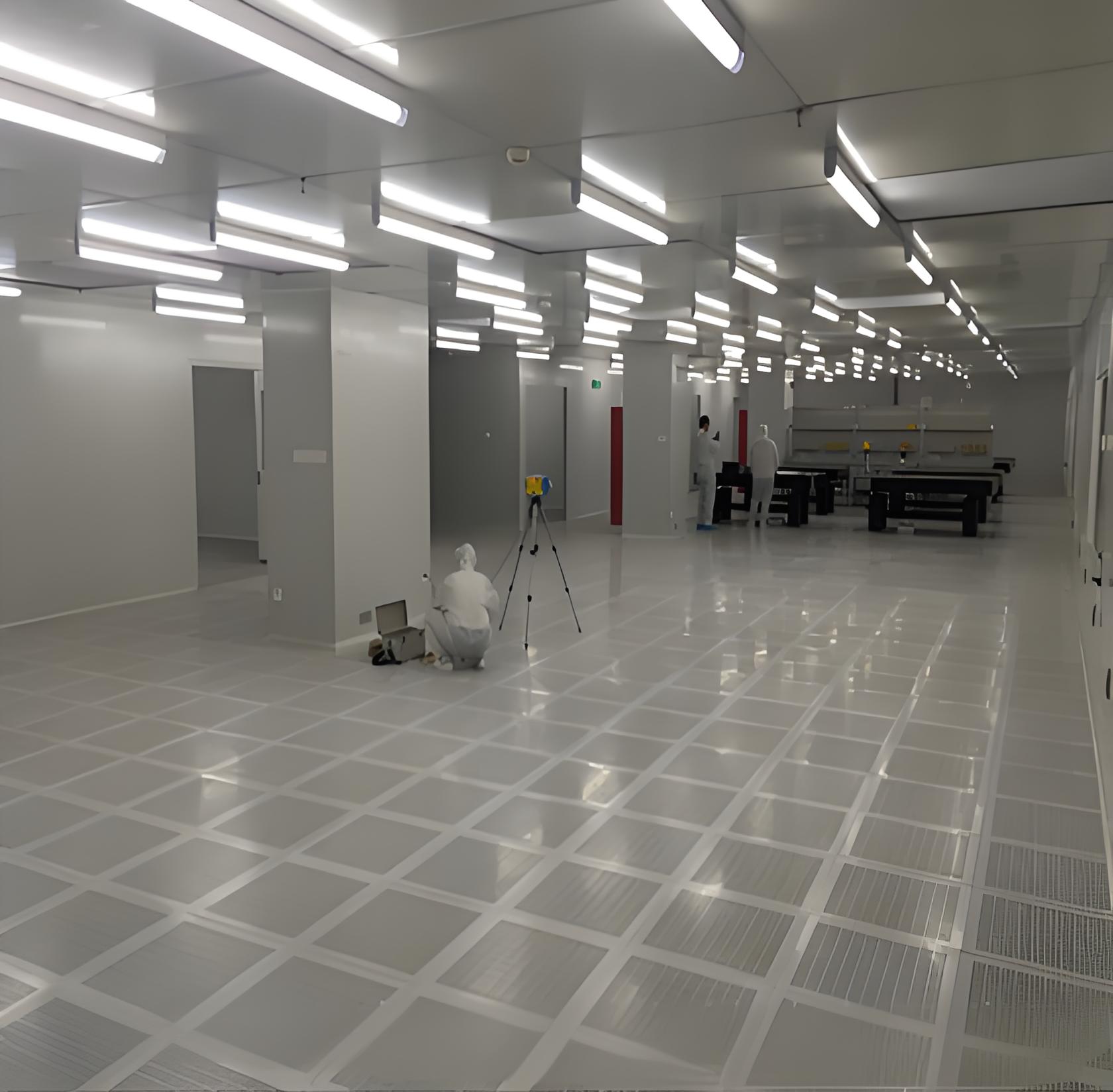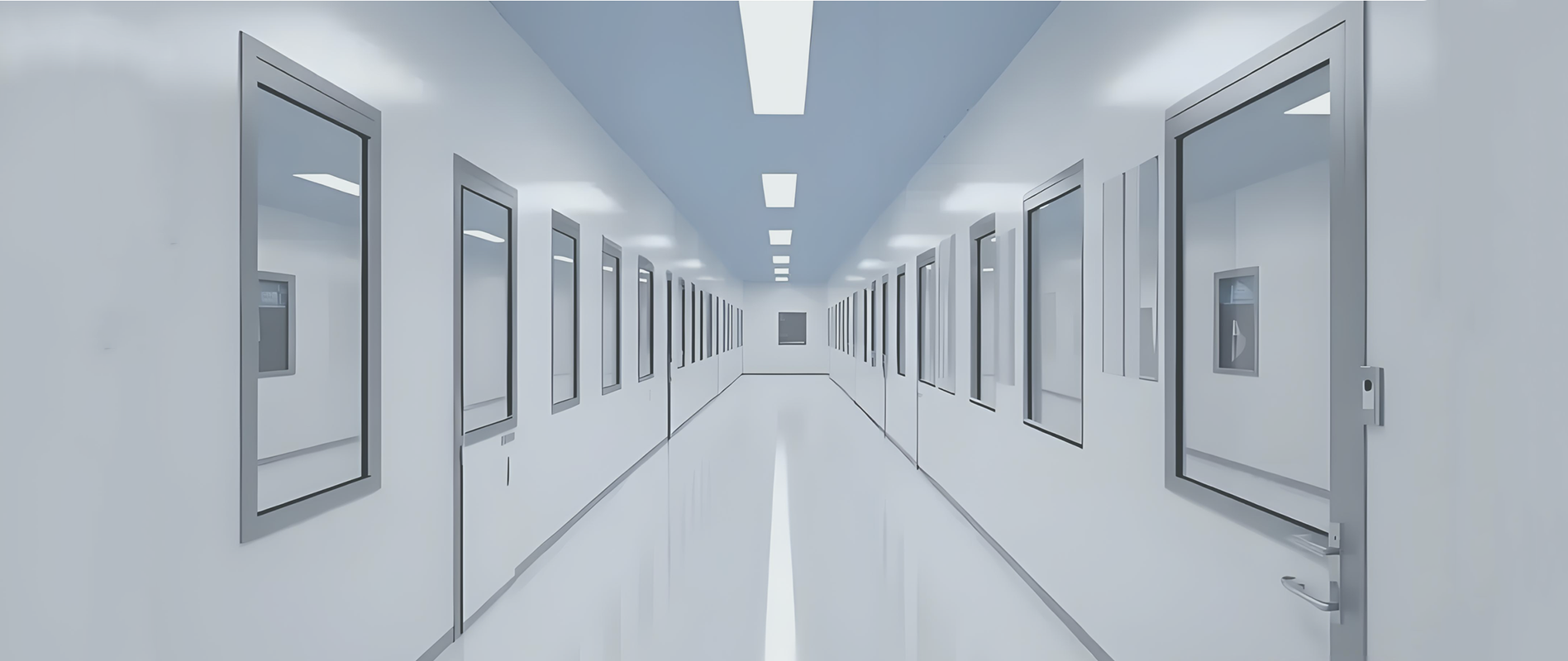




Establishing a cell culture laboratory is a significant undertaking that blends precise science with meticulous engineering. The success of your research or production workflows hinges on a foundation of thoughtful design and the strategic selection of specialized equipment. A well-executed Cell Culture Laboratory Design and Equipment integration creates an environment that not only ensures the sterility and viability of your cultures but also enhances operational efficiency, safety, and reproducibility. This article explores the core principles of designing such a facility, the essential equipment required, and the critical importance of holistic planning from the outset.

The primary objective of Cell Culture Laboratory Design is to create a controlled environment that minimizes the risk of contamination (both microbial and cross-cultural) while providing a safe and ergonomic workspace for personnel. This involves a multi-layered approach that considers airflow, workflow, and materials.
Zoning and Segregation: A fundamental concept is the division of the lab into distinct zones based on cleanliness and function. Typically, this includes:
General Preparation Area: For tasks like media preparation, glassware washing, and sterilization (autoclaving). This is a "dirty" zone.
Aseptic/Cell Culture Area: The heart of the lab. This area must be a controlled, clean environment, often achieved with a Class II Biosafety Cabinet (BSC) within a room that has positive pressure HEPA-filtered air to prevent ingress of contaminants.
Incubation and Storage Area: Dedicated spaces for CO2 incubators, refrigerators, and freezers. Separating this equipment from the main procedure area helps maintain stable temperatures and reduces traffic-induced disturbances.
Observation and Analysis Area: Equipped with microscopes and other analyzers, this zone should be adjacent to but separate from the aseptic area to avoid introducing non-sterile equipment.
Airflow and Pressure Control: Proper HVAC design is non-negotiable. The aseptic core should be maintained under positive pressure with HEPA-filtered supply air to protect the cells. Conversely, areas handling hazardous materials (e.g., viral vectors) may require negative pressure to contain the agents, governed by biosafety level (BSL) guidelines.
Surface Materials: All surfaces—walls, floors, ceilings, and benches—must be seamless, non-porous, chemical-resistant, and easy to decontaminate. Epoxy resin countertops and coved flooring are standard choices.
Workflow Optimization: The lab layout should facilitate a unidirectional workflow, moving from "clean" to "dirty" tasks without backtracking. This minimizes the risk of personnel carrying contaminants from post-culture processes (e.g., waste disposal) back into the sterile handling area.
The specific equipment list can vary based on the research focus (e.g., primary cells, stem cells, bioproduction), but a standard setup includes several key pieces of Cell Culture Laboratory Equipment:
Biosafety Cabinet (BSC): The cornerstone of aseptic technique. A Class II BSC protects the user, the environment, and the cell culture from particulates by providing a HEPA-filtered, laminar airflow workspace.
CO2 Incubator: Provides a stable, humidified environment with controlled temperature and CO2 levels (typically 5-10%) to maintain physiological pH for most cell cultures using bicarbonate-buffered media. Modern incubators feature advanced contamination control like high-temperature sterilizing cycles and copper interiors.
Water Purification System: High-purity water (Type I, 18.2 MΩ·cm) is absolutely critical for preparing culture media and reagents to avoid introducing ions, organics, or microorganisms that could harm cells or invalidate experiments.
Inverted Microscope: Essential for the daily observation and health assessment of cells without disturbing the culture vessel's sterility.
Centrifuge: Used for pelleting cells during subculturing (passaging) and for preparing cell samples for analysis.
Refrigerators and Freezers: Standard 4°C refrigerators for short-term storage of media and reagents, and -20°C freezers for certain chemicals. An ultra-low temperature (ULT) freezer (-80°C) is mandatory for long-term storage of cell stocks in cryopreservation vials.
Liquid Nitrogen (LN2) Storage Tank: For the archiving of master and working cell banks in the vapor phase of liquid nitrogen (-196°C), ensuring long-term genetic stability.
Autoclave/Sterilizer: Used to sterilize glassware, surgical instruments, and certain liquid reagents that are heat-stable.
Cell Counter and Viability Analyzer: Automated systems like hemocytometers with trypan blue exclusion or more advanced automated counters (e.g., based on image analysis or impedance) are used to quantify cell number and assess viability before experiments.
You cannot separate the physical space from the tools that occupy it. Successful Cell Culture Laboratory Design & Equipment Planning is a simultaneous, iterative process. Key planning considerations include:
Utility Mapping: Early in the design phase, you must map the exact locations of all equipment that requires utilities. This includes electrical outlets (standard and dedicated circuits for high-draw equipment like ULT freezers), data ports (for networked instruments), and plumbing (for sinks, glassware washers, and pure water systems).
Spatial Footprint and Ergonomics: Equipment dimensions, service clearances (for maintenance and airflow around incubators and BSCs), and the "working radius" of a scientist seated at a BSC must be factored into bench design and aisle widths.
Heat Load and Ventilation: Equipment like autoclaves, incubators, and ULT freezers generate significant heat. The HVAC system must be sized to handle this heat load to maintain room temperature stability. Furthermore, some equipment may require direct venting (e.g., autoclaves).
Future-Proofing: Design with adaptability in mind. Will your research scope change? Will you need to add more BSCs or analytical instruments? Planning for modular casework, flexible utility poles, and extra electrical capacity can save enormous cost and disruption down the line.

For institutions or companies looking to avoid the complexities of managing multiple vendors, a Turnkey Cell Culture Laboratory Design-Build and Equipment Integration solution offers a compelling path. In this model, a single contractor or firm takes responsibility for the entire project—from initial conceptual design and engineering to construction, equipment procurement, installation, calibration, and validation.
The benefits are significant:
Single Point of Accountability: One entity is responsible for the entire project, streamlining communication and problem-solving.
Seamless Integration: The design-build team ensures the architecture, utilities, and equipment are perfectly coordinated from the start, eliminating costly mismatches or delays.
Faster Project Timeline: Concurrent engineering and procurement can significantly accelerate the project from concept to operational status.
Reduced Risk: The turnkey provider's expertise mitigates the risk of design errors, code non-compliance, and integration failures.
Behind the visible lab layout lies a deep layer of Cell Culture Laboratory Engineering Design and Equipment integration. This involves the detailed technical schematics that bring the concept to life:
Architectural Engineering (AE): Floor plans, ceiling plans, and detailed elevations showing casework, doors, and equipment locations.
Mechanical, Electrical, and Plumbing (MEP): The most critical engineering aspect. This includes:
Mechanical: HVAC system diagrams specifying airflow rates, pressurization schemes, ductwork, and HEPA filter locations.
Electrical: Load calculations, lighting plans (including task lighting for BSCs), emergency power (for critical equipment like incubators and freezers), and detailed outlet schedules.
Plumbing: Plans for potable water, drains, and pipes for the pure water system.
Control Systems: Design for building management systems (BMS) to monitor and alarm on critical parameters like room temperature, humidity, and differential pressure.
Even with careful planning, several common issues can arise:
Inadequate HVAC Capacity: The most frequent and critical failure is an undersized HVAC system, leading to an inability to control temperature, humidity, or pressure differentials, resulting in contamination or cell death.
Poor Workflow Design: A layout that forces researchers to cross from "dirty" to "clean" areas repeatedly increases contamination risk and reduces efficiency.
Insufficient Utility Planning: Discovering too late that there's no outlet for an autoclave or no water line for a pure water system leads to expensive change orders and delays.
Ignoring Vibration and Acoustic Considerations: Sensitive equipment like high-resolution microscopes or analytical balances can be rendered useless by vibrations from building systems or nearby centrifuges. This must be considered in equipment placement and through the use of vibration-damping tables.
Underestimating Storage Needs: A lack of dedicated storage for consumables, clean glassware, and hazardous waste can lead to clutter on benchtops, impeding workflow and increasing contamination risk.
Choosing the Wrong Equipment: Selecting a BSC or incubator without considering the specific research needs (e.g., hypoxic work, working with hazardous agents) can limit research capabilities or create safety hazards.
Creating a functional, efficient, and safe cell culture facility is a complex puzzle where every piece—from the macro layout down to the micro specifications of a single HEPA filter—must fit perfectly. Viewing Cell Culture Laboratory Design and Equipment selection as a single, integrated endeavor, rather than two separate tasks, is the key to success. Whether you undertake the planning in-house or partner with a firm for a Turnkey Cell Culture Laboratory Design-Build and Equipment Integration project, a focus on core principles like zoning, airflow, workflow, and meticulous Cell Culture Laboratory Engineering Design and Equipment coordination will provide the robust foundation necessary for groundbreaking scientific discovery.